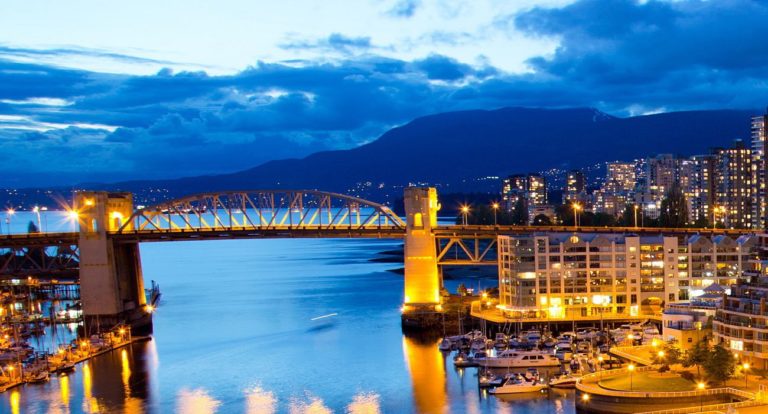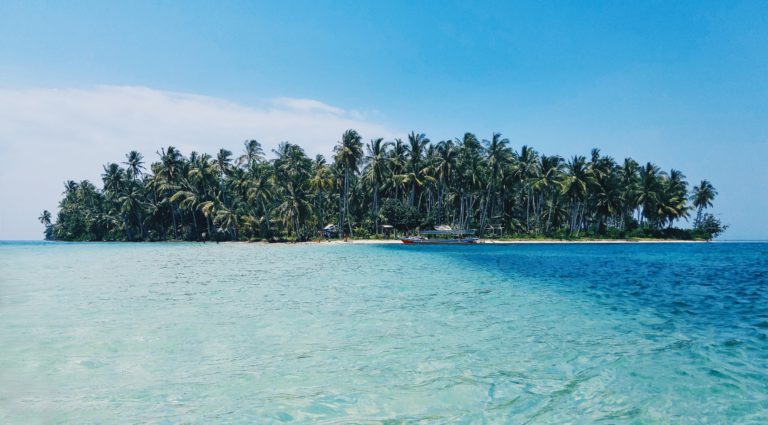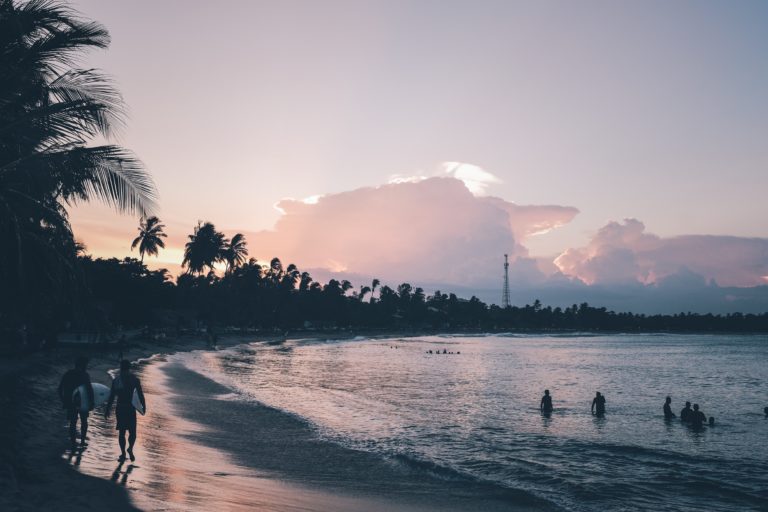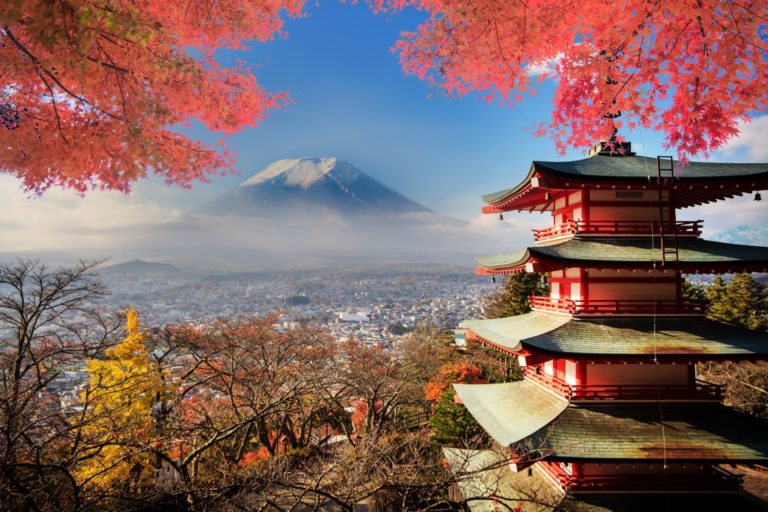
Australia
3 ToursHistory Ancient history and settlement. Main article: History of the Maldives § Early Age. The first Maldivians did not leave any archaeological artifacts. Their buildings were probably built of wood, palm fronds and other perishable materials, which would have quickly decayed in the salt and wind of the tropical climate. Moreover, chiefs or headmen did not

Canadá
0 ToursCanadá Es un país con más de 37 millones de habitantes que ocupa el norte de Norteamérica. Los primeros habitantes de la región fueron diversos pueblos provenientes de Siberia, que llegaron a través del estrecho de Bering, y un poco más tarde llegaron los últimos pueblos inuit (esquimales) provenientes de Asia. Tras la llegada de los

Cancún
3 ToursHistory Ancient history and settlement. Main article: History of the Maldives § Early Age. The first Maldivians did not leave any archaeological artifacts. Their buildings were probably built of wood, palm fronds and other perishable materials, which would have quickly decayed in the salt and wind of the tropical climate. Moreover, chiefs or headmen did not

Chile
3 ToursHistory Ancient history and settlement. Main article: History of the Maldives § Early Age. The first Maldivians did not leave any archaeological artifacts. Their buildings were probably built of wood, palm fronds and other perishable materials, which would have quickly decayed in the salt and wind of the tropical climate. Moreover, chiefs or headmen did not

China
3 ToursChina China es el país con mayor población del mundo: más de 1.300 millones de habitantes, lo que representa un 20 por ciento de la población de la Tierra. Ocupa la mayor parte de Asia Oriental y es el cuarto país más grande del mundo después de Rusia, Canadá y Estados Unidos. La geografía de

Dubai
3 ToursHistory Ancient history and settlement. Main article: History of the Maldives § Early Age. The first Maldivians did not leave any archaeological artifacts. Their buildings were probably built of wood, palm fronds and other perishable materials, which would have quickly decayed in the salt and wind of the tropical climate. Moreover, chiefs or headmen did not

Francia
3 ToursHistory Ancient history and settlement. Main article: History of the Maldives § Early Age. The first Maldivians did not leave any archaeological artifacts. Their buildings were probably built of wood, palm fronds and other perishable materials, which would have quickly decayed in the salt and wind of the tropical climate. Moreover, chiefs or headmen did not

Indonesia
3 ToursHistory Ancient history and settlement. Main article: History of the Maldives § Early Age. The first Maldivians did not leave any archaeological artifacts. Their buildings were probably built of wood, palm fronds and other perishable materials, which would have quickly decayed in the salt and wind of the tropical climate. Moreover, chiefs or headmen did not

Inglaterra
6 ToursHistory Ancient history and settlement. Main article: History of the Maldives § Early Age. The first Maldivians did not leave any archaeological artifacts. Their buildings were probably built of wood, palm fronds and other perishable materials, which would have quickly decayed in the salt and wind of the tropical climate. Moreover, chiefs or headmen did not

Italia
0 Toursitalia País europeo con una larga costa mediterránea, influyó considerablemente en la cultura y la cocina occidental. Su capital, Roma, es hogar del Vaticano, de ruinas antiguas y de obras de arte emblemáticas. Otras ciudades importantes son Florencia, con obras maestras del renacimiento, como el “David” de Miguel Ángel y el Domo de Brunelleschi; Venecia,

Japón
0 ToursJapón Es un país soberano insular del este de Asia. Situado en el océano Pacífico; tiene al oeste el mar del Japón, China, Corea del Norte, Corea del Sur y Rusia, al norte el mar de Ojotsk y al este y sur el mar de China Oriental y Taiwán. Los caracteres que componen el nombre de Japón pueden significar «el origen del sol» o «la base del sol», motivo por el que

México
0 ToursCanadá Es un país con más de 37 millones de habitantes que ocupa el norte de Norteamérica. Los primeros habitantes de la región fueron diversos pueblos provenientes de Siberia, que llegaron a través del estrecho de Bering, y un poco más tarde llegaron los últimos pueblos inuit (esquimales) provenientes de Asia. Tras la llegada de los
